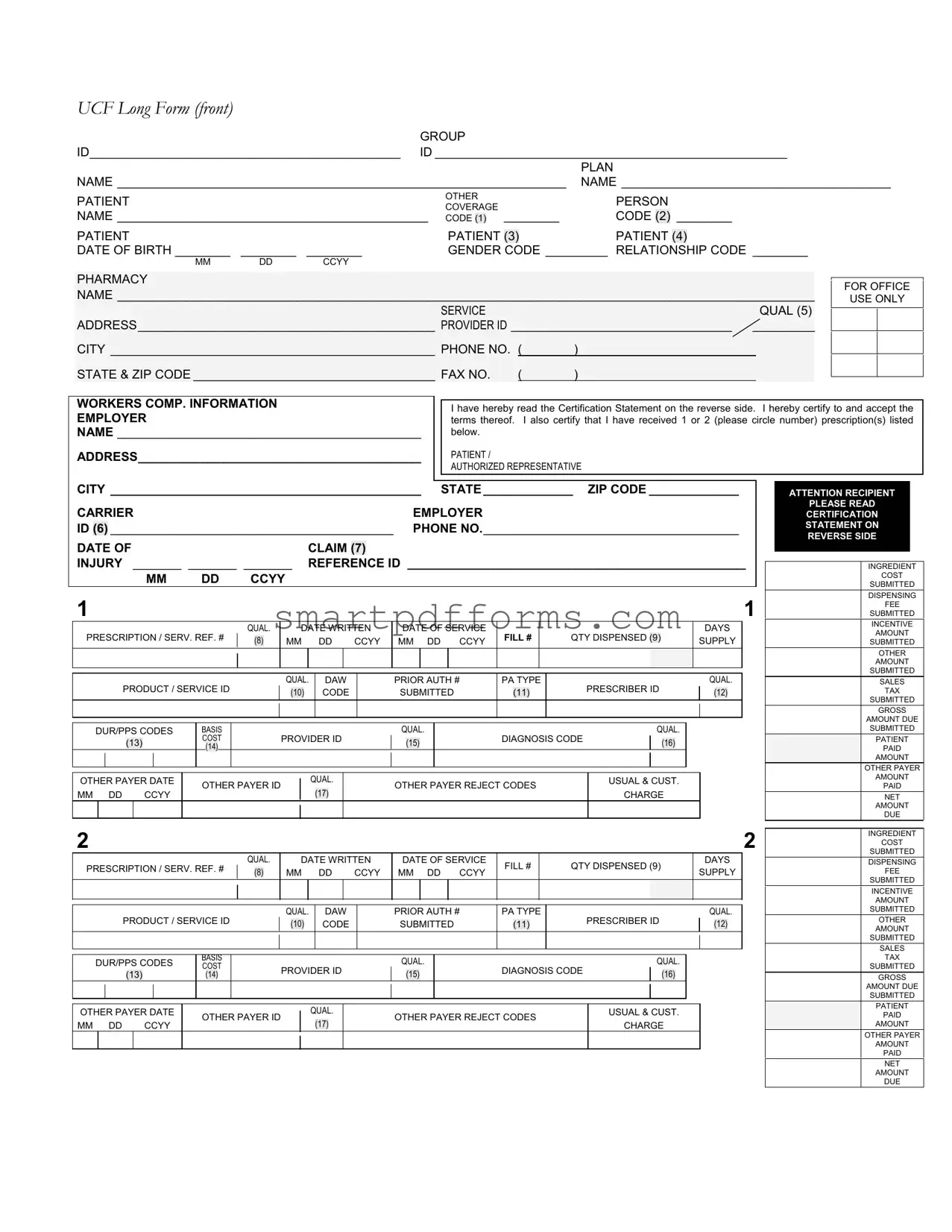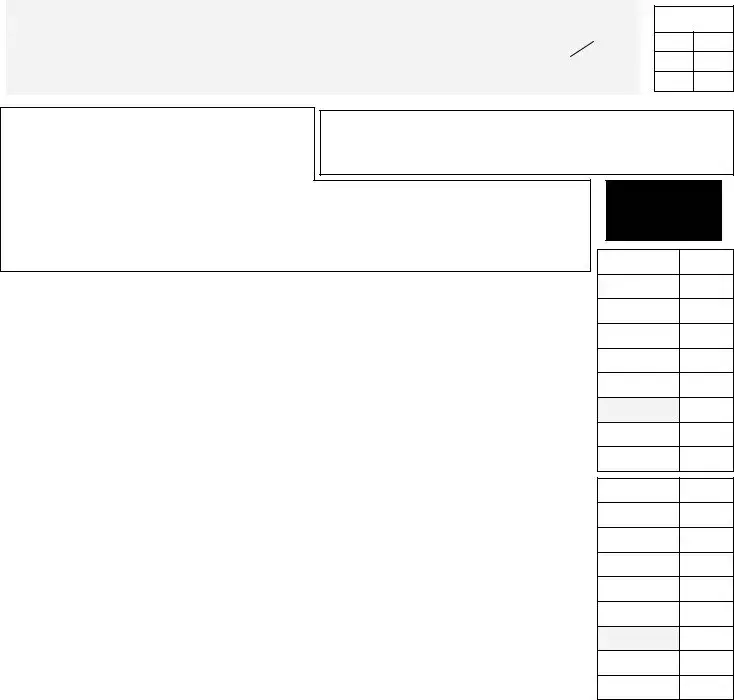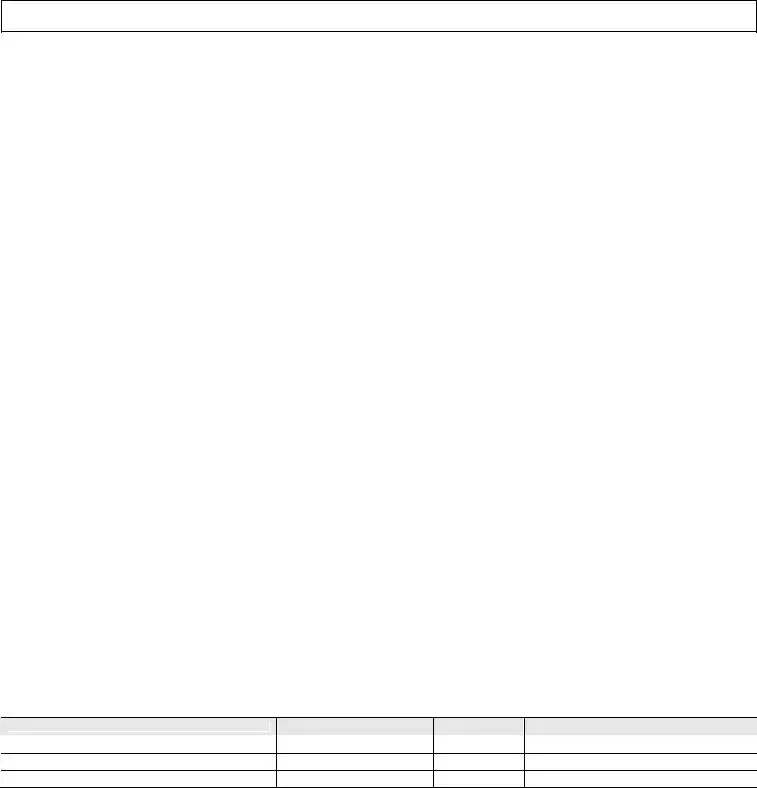Blank=Not Specified
02-Health Related Item (HRI) 05=Department of Defense (DOD) 08=Common Procedure Terminology (CPT5)
11=National Pharmaceutical Product Interface Code (NAPPI) 99=Other
11. PRIOR AUTHORIZATION TYPE CODE 0=Not Specified
3=EPSDT (Early Periodic Screening Diagnosis Treatment) 6=Family Planning Indicator
UCF Long Form (back)
IMPORTANT I certify that the patient information entered on the front side of this form is correct, that the patient named is eligible for the benefits and that I have received the medication described. If this claim is for a workers compensation injury, the appropriate section on the front side has been completed. I hereby assign the provider pharmacy any payment due pursuant to this transaction and authorize payment directly to the provider pharmacy. I also authorize release of all information pertaining to this claim to the plan administrator, underwriter, sponsor, policyholder and the employer.
PLEASE SIGN CERTIFICATION ON FRONT SIDE FOR PRESCRIPTION(S) RECEIVED
INSTRUCTIONS
1.Fill in all applicable areas on the front of this form.
2.Enter COMPOUND RX in the Product Service ID area(s) and list each ingredient, name, NDC, quantity, and cost in the area below. Please use a separate claim form for each compound prescription.
3.Worker’s Comp. Information is conditional. It should be completed only for a Workers Comp. Claim.
4.Report diagnosis code and qualifier related to prescription (limit 1 per prescription).
5.Limit 1 set of DUR/PPS codes per claim.
DEFINITIONS / VALUES
1. OTHER COVERAGE CODE
0=Not Specified |
1=No other coverage identified |
2=Other coverage exists-payment collected |
3=Other coverage exists-this claim not covered |
4=Other coverage exists-payment not collected |
5=Managed care plan denial |
6=Other coverage denied-not a participating provider |
7=Other coverage exists-not in effect at time of service |
8=Claim is billing for a copay |
2.PERSON CODE: Code assigned to a specific person within a family.
3.PATIENT GENDER CODE
0=Not Specified |
1=Male |
4. PATIENT RELATIONSHIP CODE |
|
0=Not Specified |
1=Cardholder |
3=Child |
4=Other |
5. SERVICE PROVIDER ID QUALIFIER |
|
Blank=Not Specified |
01=National Provider Identifier (NPI) |
03=Blue Shield |
04=Medicare |
06=UPIN |
07=NCPDP Provider ID |
09=Champus |
10=Health Industry Number (HIN) |
12=Drug Enforcement Administration (DEA) |
13=State Issued |
99=Other |
|
6.CARRIER ID: Carrier code assigned in Worker’s Compensation Program.
7.CLAIM/REFERENCE ID: Identifies the claim number assigned by Worker’s Compensation Program.
8.PRESCRIPTION/SERVICE REFERENCE # QUALIFIER
Blank=Not Specified |
1=Rx billing |
9.QUANTITY DISPENSED: Quantity dispensed expressed in metric decimal units (shaded areas for decimal values).
10.PRODUCT/SERVICE ID QUALIFIER: Code qualifying the value in Product/Service ID (407-07)
00=Not Specified
03=National Drug Code (NDC)
06=Drug Use Review/Professional Pharm. Service (DUR/PPS) 09=HCFA Common Procedural Coding System (HCPCS) 12=International Article Numbering System (EAN)
1=Prior authorization 4=Exemption from copay
7=Aid to Families with Dependent Children (AFDC)
2=Female
2=Spouse
02=Blue Cross 05=Medicaid 08=State License 11=Federal Tax ID 14=Plan Specific
2=Service billing
01=Universal Product Code (UPC) 04=Universal Product Number (UPN) 07=Common Procedure Terminology (CPT4) 10=Pharmacy Practice Activity Classification (PPAC) 13=Drug Identification Number (DIN)
2=Medical Certification 5=Exemption from Rx limits
12.PRESCRIBER ID QUALIFIER: Use service provider ID values.
13.DUR/PROFESSIONAL SERVICE CODES: Reason for Service, Professional Service Code, and Result of Service. For values refer to current NCPDP data dictionary.
A=Reason for Service |
B=Professional Service Code |
C=Result of Service |
14. BASIS OF COST DETERMINATION |
|
|
Blank=Not Specified |
00=Not Specified |
01=AWP (Average Wholesale Price) |
02=Local Wholesaler |
03=Direct |
04=EAC (Estimated Acquisition Cost) |
05=Acquisition |
06=MAC (Maximum Allowable Cost) |
07=Usual & Customary |
09=Other |
|
|
15. PROVIDER ID QUALIFIER |
|
|
Blank=Not Specified |
01=Drug Enforcement Administration (DEA) |
02=State License |
03=Social Security Number (SSN) |
04=Name |
05=National Provider Identifier (NPI) |
06=Health Industry Number (HIN) |
07=State Issued |
99=Other |
16. DIAGNOSIS CODE QUALIFIER
Blank=Not Specified |
00=Not Specified |
02=International Classification of Diseases (ICD10) |
03=National Criteria Care Institute (NDCC) |
05=Common Dental Term (CDT) |
06=Medi-Span Diagnosis Code |
99=Other |
|
01=International Classification of Diseases (ICD9)
04=Systemized Nomenclature of Human and Veterinary Medicine (SNOMED) 07=American Psychiatric Association Diagnostic Statistical Manual of Mental Disorders (DSM IV)
17. OTHER PAYER ID QUALIFIER
Blank=Not Specified |
01=National Payer ID |
02=Health Industry Number (HIN) |
03=Bank Information Number (BIN) |
04=National Association of Insurance Commissioners (NAIC) |
09=Coupon |
99=Other |
|
|
COMPOUND PRESCRIPTIONS – LIMIT 1 COMPOUND PRESCRIPTION PER CLAIM FORM.


